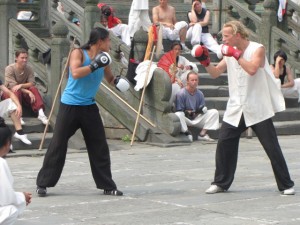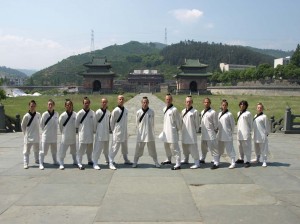
At the beginning of each of our classes we say to ourselves and in the hearing of others, “We are going to control our mind, our body and our mouth”. From time to time I will ask the students, “Which is the hardest of all of these?” and they will almost always reply, “Our Mouth!”. When we are young we learn about the need to keep our hands and feet to ourselves, how and when to keep our voices down at the appropriate time, but the mouth is the one that stumps us over and over again – no matter our age.
Most of us – especially me – have blurted something out, said something without thinking that we later wished we had not thought in the first place and if we did that we had not said out loud. Unfortunately there is no string that we can take the words back.  We do this when we are young and when we are older, and we do it most often to the ones we love the most, our family and closest friends.
We do this when we are young and when we are older, and we do it most often to the ones we love the most, our family and closest friends.
The catalyst of most of these words are tones of voice, certain verbiage of others, things that trigger strong reactions. When we examine closely many times it comes from things that we are not comfortable with and or feel ‘less than’ about (our authority, reminder of something we do not like about ourselves, reminder of past experiences), it can be anything. But in the end most hard feelings, harsh words, arguments, fights, physical attacks begin with words spoken – that if given the opportunity we would take back, after we thought about the consequence.
I write about these things as a reminder to myself to use self-control, think before speaking, look at the pro and con for saying anything and a reminder to use empathy. How would I feel if another person said this, used this tone, or acted in this way to myself. As I work on this, I ask that you join me in our attempt to use ‘discipline’ in every aspect of our life, especially with the most most dear to us.



